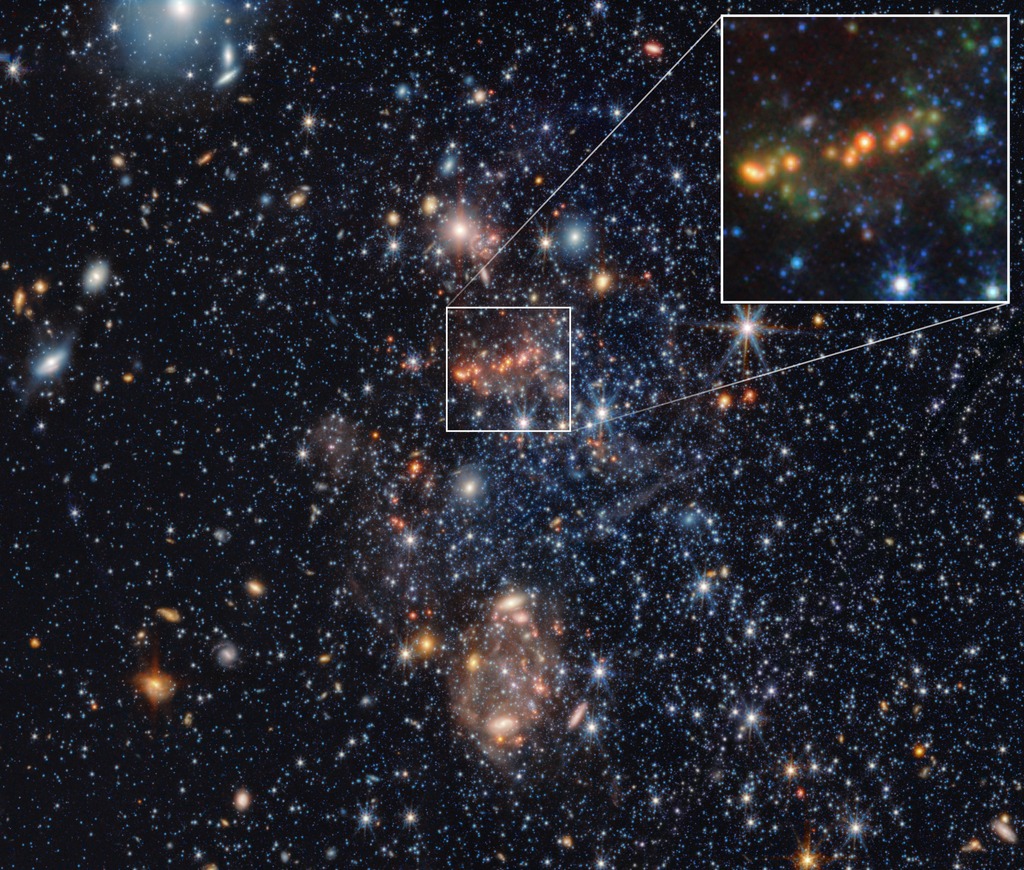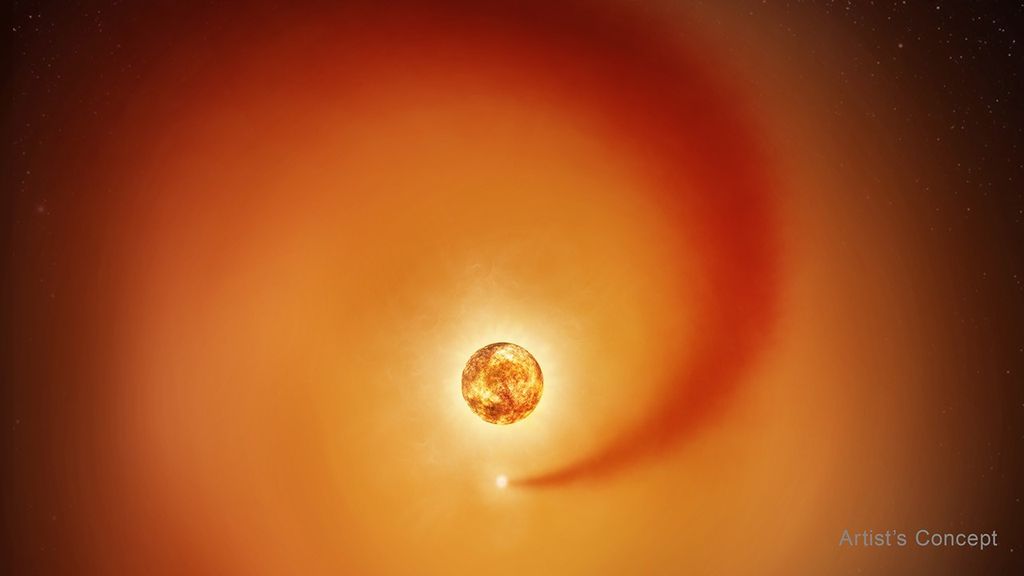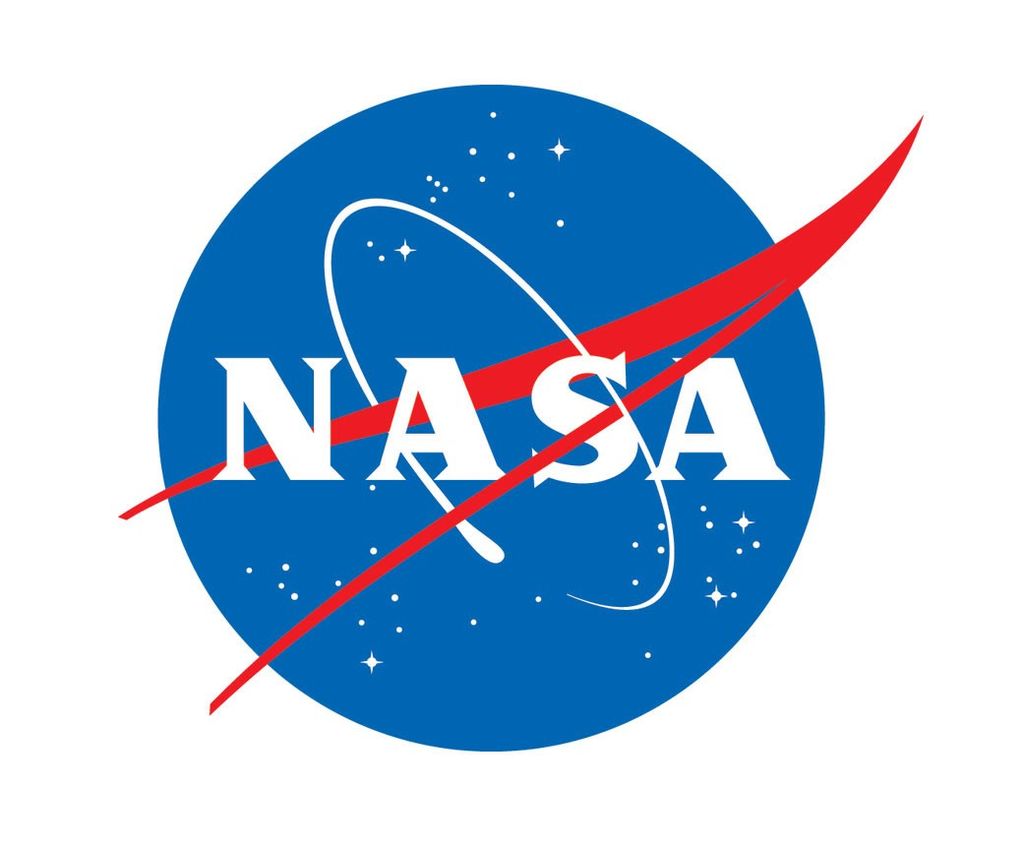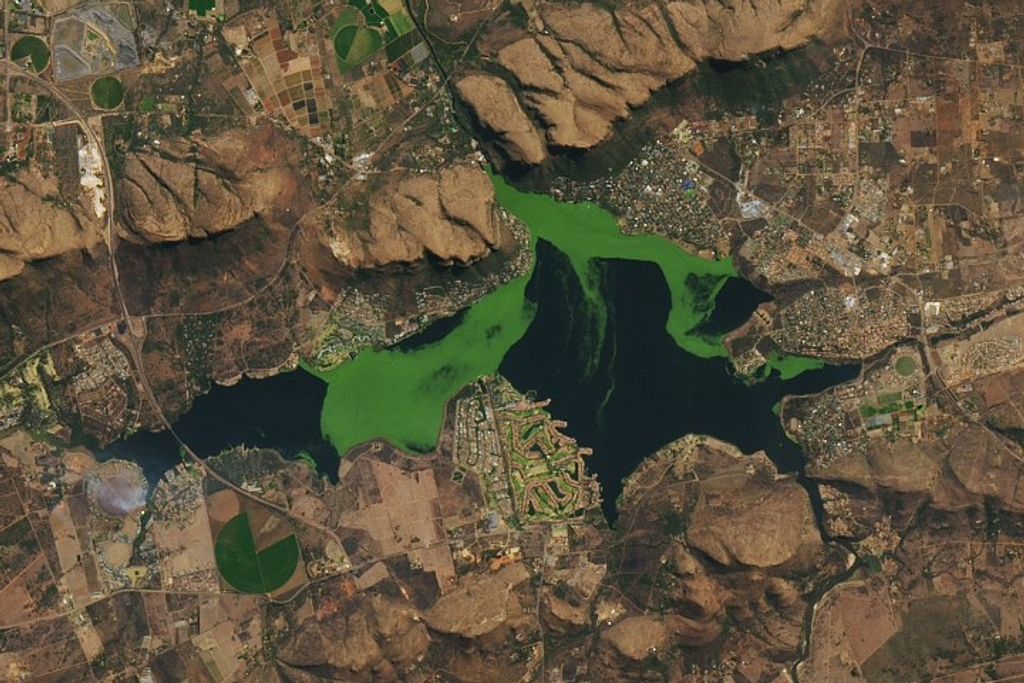1 min read
The COSMOS Hubble ACS Field
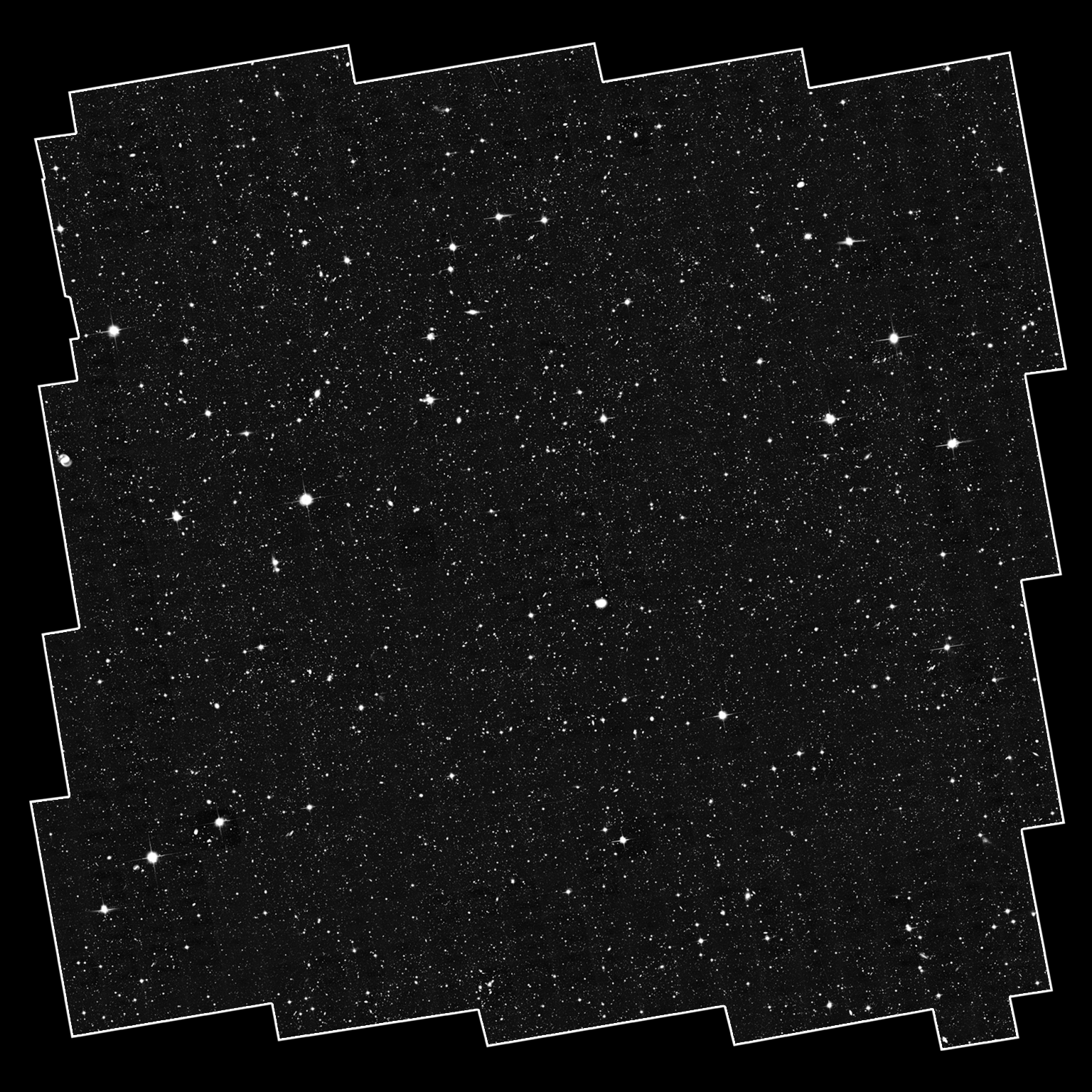
This sea of galaxies is the complete, original COSMOS field from the Hubble Space Telescope’s Advanced Camera for Surveys (ACS). The full mosaic is a composite of 575 separate ACS images, where each ACS image is about one-tenth the diameter of the full Moon. The jagged edges of the outline are due to the separate images that make up the survey field.
About the Object
- R.A. PositionR.A. PositionRight ascension – analogous to longitude – is one component of an object's position.10h 00m 28.6s
- Dec. PositionDec. PositionDeclination – analogous to latitude – is one component of an object's position.02° 12' 21.0"
- ConstellationConstellationOne of 88 recognized regions of the celestial sphere in which the object appears.Sextans
- DimensionsDimensionsThe physical size of the object or the apparent angle it subtends on the sky.The full COSMOS survey field covers about 2 square degrees.
About the Data
- Data DescriptionData DescriptionProposal: A description of the observations, their scientific justification, and the links to the data available in the science archive.
Science Team: The astronomers who planned the observations and analyzed the data. "PI" refers to the Principal Investigator. - InstrumentInstrumentThe science instrument used to produce the data.HST>ACS/WFC
- Exposure DatesExposure DatesThe date(s) that the telescope made its observations and the total exposure time.15 Oct. 2003 - 24 Nov. 2005
- FiltersFiltersThe camera filters that were used in the science observations.F814W
- Object NameObject NameA name or catalog number that astronomers use to identify an astronomical object.Cosmological Evolution Survey Field, COSMOS Field
- Object DescriptionObject DescriptionThe type of astronomical object.Astronomical Survey
- Release DateAugust 18, 2021
- Science ReleaseMapping the Universe’s Earliest Structures with COSMOS-Webb
- CreditNASA, ESA, Anton Koekemoer (STScI), Nick Scoville (Caltech)
Related Images & Videos
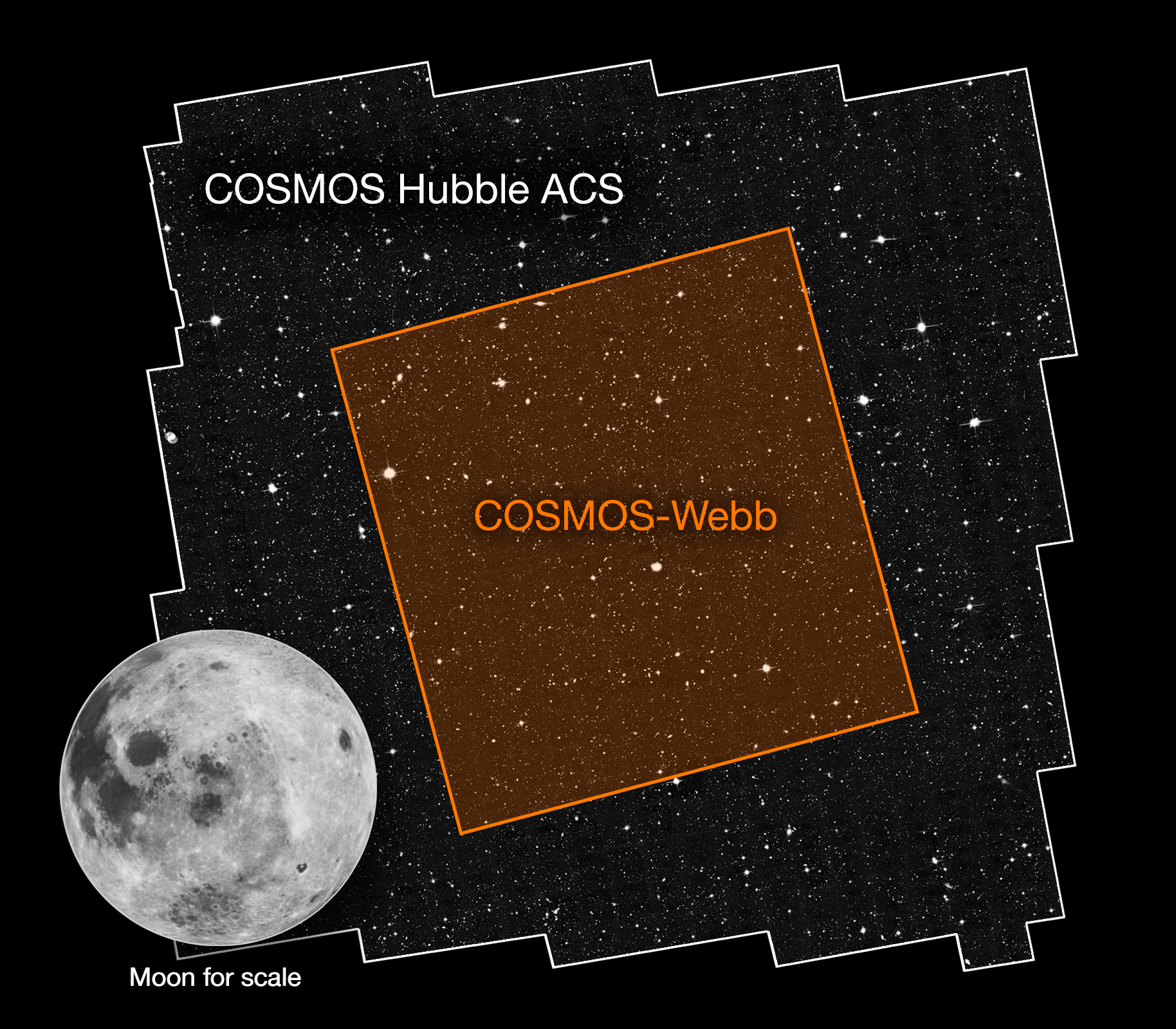
The COSMOS-Webb Field Compared with the Hubble ACS Field
The COSMOS-Webb survey will map 0.6 square degrees of the sky—about the area of three full Moons—using the James Webb Space Telescope’s Near Infrared Camera (NIRCam) instrument, while simultaneously mapping a smaller 0.2 square degrees with the Mid Infrared Instrument (MIRI)....
Share
Details
Laura Betz
NASA’s Goddard Space Flight Center
Greenbelt, Maryland
laura.e.betz@nasa.gov
NASA, ESA, Anton Koekemoer (STScI), Nick Scoville (Caltech)

